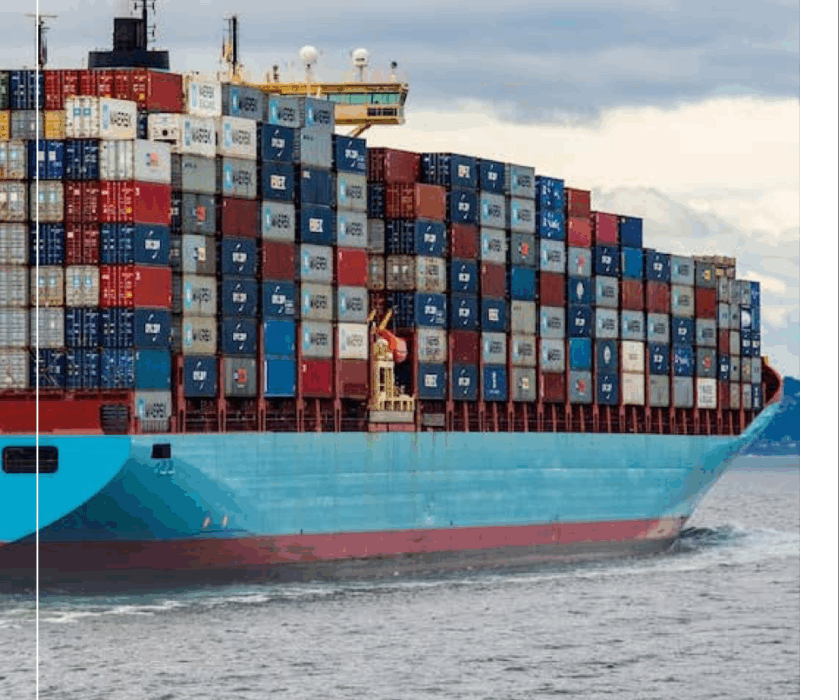Introduction
At North Star Global, we are dedicated to guiding businesses through the complexities of international trade. Vietnam, a dynamic Southeast Asian nation, has emerged as a global trade powerhouse, with its export market experiencing remarkable growth. As of May 14, 2025, Vietnam’s exports are projected to reach $499.8 billion in 2024, driven by strategic trade policies, foreign investment, and a diversified industrial base. This article explores the factors fueling Vietnam’s export surge, key industries, challenges, and opportunities for businesses, offering insights to help our clients capitalize on this vibrant market.
The Rise of Vietnam’s Export Economy
Vietnam’s export market has grown exponentially since the 1986 Đổi Mới reforms, which transitioned the country from a centrally planned economy to a socialist-oriented market economy. In 2024, exports accounted for 30.2% of Vietnam’s GDP, valued at $1.655 trillion in purchasing power parity. The United States is Vietnam’s largest export market, absorbing $142.4 billion in goods (29% of total exports), followed by China ($57.7 billion), South Korea, and Japan. Over the past five years, Vietnam’s export revenue to the US surged by 230%, highlighting its integration into global supply chains.
The 2001 US-Vietnam Bilateral Trade Agreement (BTA) and Vietnam’s 2007 entry into the World Trade Organization (WTO) were pivotal, granting access to major markets and reducing tariffs. Free Trade Agreements (FTAs), including the EU-Vietnam FTA (EVFTA), Comprehensive and Progressive Agreement for Trans-Pacific Partnership (CPTPP), and Regional Comprehensive Economic Partnership (RCEP), have further bolstered exports by lowering trade barriers. In 2024, Vietnam’s participation in 17 FTAs enhanced market access, contributing to a $118.6 billion trade surplus, a 329.1% increase from 2023.
Key Export Industries Driving Growth
Vietnam’s export success is anchored in diverse, high-value sectors, with the following leading the charge:
-
Electronics and Machinery: Electrical machinery and equipment, including smartphones and computers, generated $192.1 billion in 2024, comprising 38.4% of total exports. Vietnam hosts major operations for Samsung, Foxconn, and Intel, with phone devices alone accounting for 11.8% of exports. Machinery, including computers, grew 130.1% year-over-year, driven by investments in high-tech manufacturing.
-
Textiles and Garments: Vietnam is the world’s second-largest exporter of ready-made garments, with $40.3 billion in 2023 exports. In the first five months of 2024, textile exports to the US reached $6 billion, surpassing China. The sector employs 2.5 million workers and benefits from FTAs like EVFTA, which reduce tariffs in Europe.
-
Footwear: Footwear exports, valued at $24 billion in 2024, grew 63.3% from 2023. Major brands like Nike and Skechers have shifted production to Vietnam, leveraging low labor costs and favorable trade agreements. The industry is projected to supply 60% of its leather materials domestically by 2030.
-
Furniture and Prefabricated Buildings: Furniture exports, including bedding and lighting, rose 59.7% in 2024, contributing $2 billion. Vietnam is poised to become the second-largest furniture exporter after China, with strong demand from the US, EU, and Canada.
-
Agriculture and Fisheries: Vietnam is a leading exporter of rice, coffee, and seafood, with agricultural exports reaching $3.9 billion to the US in 2021. In 2023, vegetables, fruits, and cashew nuts drove a 6.1% increase in agricultural exports, despite global demand challenges.
Factors Fueling Export Growth
Several factors underpin Vietnam’s export boom:
-
Foreign Direct Investment (FDI): The US-China trade war and tariffs prompted multinationals to relocate manufacturing from China to Vietnam. In 2024, Vietnam attracted significant FDI in electronics, textiles, and automotive sectors, boosting export capacity.
-
Strategic Trade Agreements: FTAs have reduced tariffs and improved market access. For instance, RCEP enhances trade with Asia-Pacific partners, while EVFTA facilitates exports to Europe. These agreements ensure Vietnam remains competitive despite global trade tensions.
-
Young and Skilled Workforce: With a population of 101.3 million and a low unemployment rate of 2.2% in 2024, Vietnam offers a cost-effective, skilled labor force. This supports labor-intensive industries like textiles and electronics.
-
Infrastructure Development: Investments in ports, roads, and logistics have enhanced Vietnam’s trade efficiency. The World Bank notes that 51,000 km of rural roads now receive regular maintenance, improving market access.
-
Digital Transformation: Vietnam’s adoption of digital tools, such as preferential certificate-of-origin systems, streamlines customs processes, supporting exporters in meeting FTA requirements.
Challenges in Vietnam’s Export Market
Despite its success, Vietnam faces challenges that could impact export growth:
-
US Tariff Risks: Vietnam’s exports to the US, representing 30% of its GDP, are vulnerable to tariffs. In April 2025, US tariffs on Vietnamese goods were paused until July, but potential increases could disrupt trade. Vietnam is tightening origin checks to prevent Chinese goods from being mislabeled as Vietnamese, addressing US concerns about trade fraud.
-
Global Demand Fluctuations: High inflation and reduced consumer demand in key markets like the US (down 22.6% in 2023) and the EU (down 10.1%) pose risks. Diversifying into markets like India and the Middle East is critical.
-
Sustainability Pressures: Growing demand for eco-friendly products requires investment in sustainable practices. Vietnam’s low-carbon rice program, supported by the World Bank, aims to reduce emissions, aligning with global standards.
-
Regulatory Compliance: Meeting stringent FTA origin requirements and addressing labor market distortions, as noted by the Federal Reserve, demand ongoing reforms.
Opportunities for Businesses
At North Star Global, we see Vietnam’s export market as a land of opportunity. Businesses can capitalize by:
-
Leveraging FTAs: Use our trade analytics to optimize tariff benefits under EVFTA, CPTPP, and RCEP, reducing costs and enhancing competitiveness.
-
Diversifying Supply Chains: Partner with North Star Global to establish operations in Vietnam, mitigating risks from US-China trade tensions.
-
Investing in Sustainability: Align with Vietnam’s green initiatives, such as low-carbon manufacturing, to meet consumer and regulatory demands.
-
Targeting Emerging Sectors: Explore growth in pharmaceuticals ($7 billion market in 2024) and electric vehicles, where VinFast is pioneering exports to the US.
-
Enhancing Logistics: Collaborate with our freight forwarding experts to streamline cross-border shipping, ensuring timely delivery to global markets.
North Star Global’s Commitment
North Star Global is your trusted partner in navigating Vietnam’s export market. Our tailored solutions include real-time market insights, logistics optimization, and compliance support. By leveraging our global network and expertise, we empower clients to seize opportunities in Vietnam’s high-growth industries, from electronics to agriculture.
Conclusion
Vietnam’s export market is a testament to its economic resilience and strategic vision. With $499.8 billion in exports in 2024, a robust trade surplus, and a network of FTAs, Vietnam is a rising star in global trade. Despite challenges like tariff risks and global demand shifts, the country’s diverse industries and proactive policies ensure continued growth. At North Star Global, we are committed to helping businesses unlock Vietnam’s potential, guiding you toward success in this thriving market.
Sources: World Bank, USDA Foreign Agricultural Service, Vietnam General Statistics Office, Reuters, Statista, World’s Top Exports


